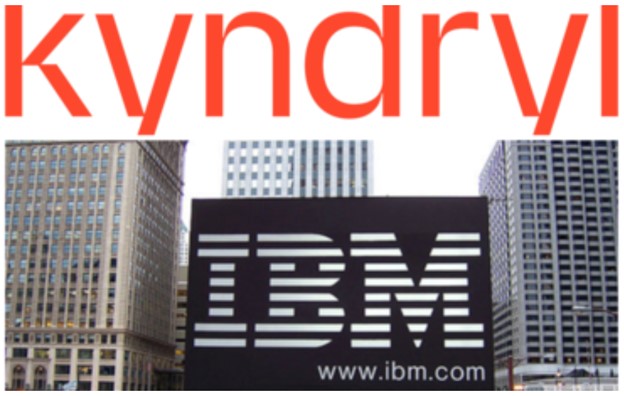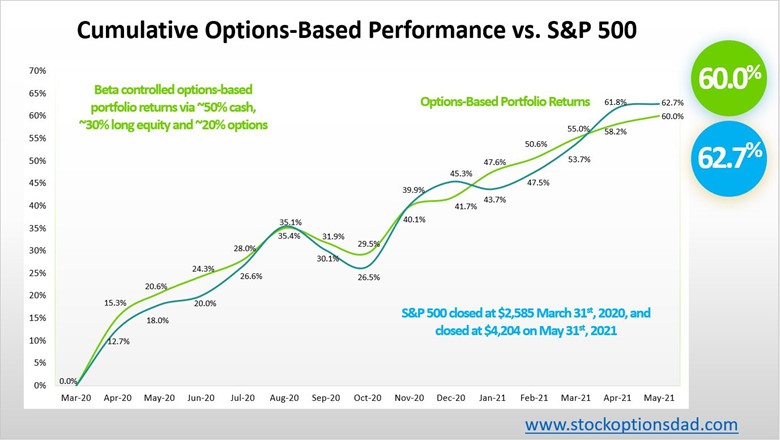Occasionally, businesses undergo corporate restructuring for various reasons. Often this involves spinning off a separate, independent entity to potentially unlock value for shareholders over the long term. Some notable spin-offs include Dow from DowDuPont, Alcon from Novartis, Otis Elevators from United Technologies, and VMWare from Dell. When company spin-offs occur during an options expiration cycle, this can complicate the normal lifecycle of a pending options contract. When this happens, these options are denoted as "adjusted" with the corresponding ADJ within the options chain. One of the most recent notable spin-offs was Kyndryl (KD) from International Business Machines (IBM), as these two broke apart and traded as separate entities during an actively pending option contact. The share split ratio changes the deliverable of the option contract and thus requires normalizing the two entities relative to the original contract value when adjusting for the new strike price. This normalizing is necessary as shares may ostensibly be in the money; however, as a function of the share split ratio, the option contract is out-of-the-money and not assignable.

Figure 1 – IBM spin-off of Kyndryl and its impact on pending options as seen via a Trade notification service - Trade Notification Service
Breaking Down An Adjusted Option
IBM completed a business spin-off of (KD) that publicly traded as a separate company. The share spin-off was a 1:5 share split translating into every 100 shares of IBM; the shareholder also receives 20 shares of KD. As such, any options that were active during the spin-off experienced a deliverable change that was equivalent to 100 shares of IBM plus 20 shares of KD. Continue reading "Company Spin-Offs And Adjusted (ADJ) Options"


